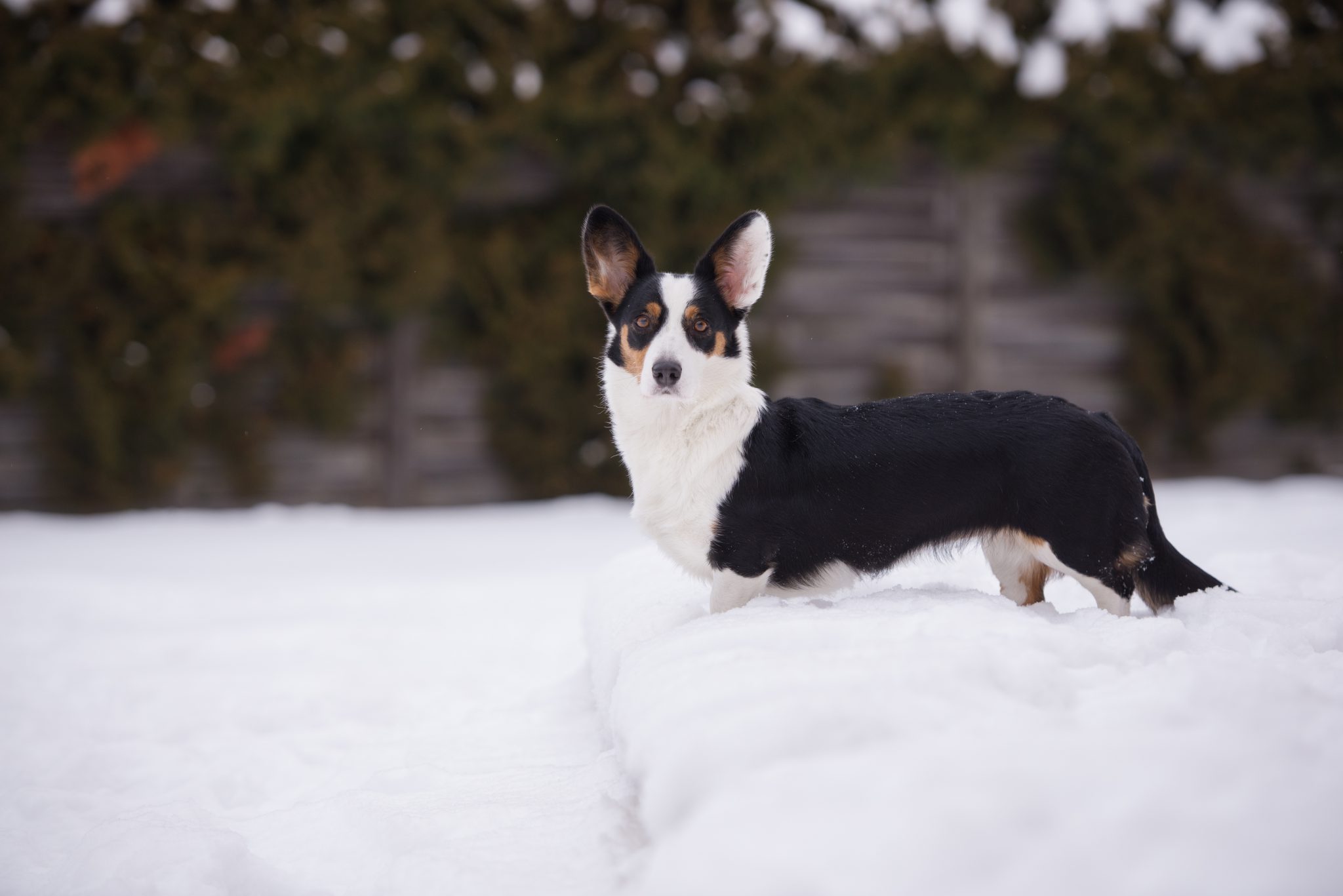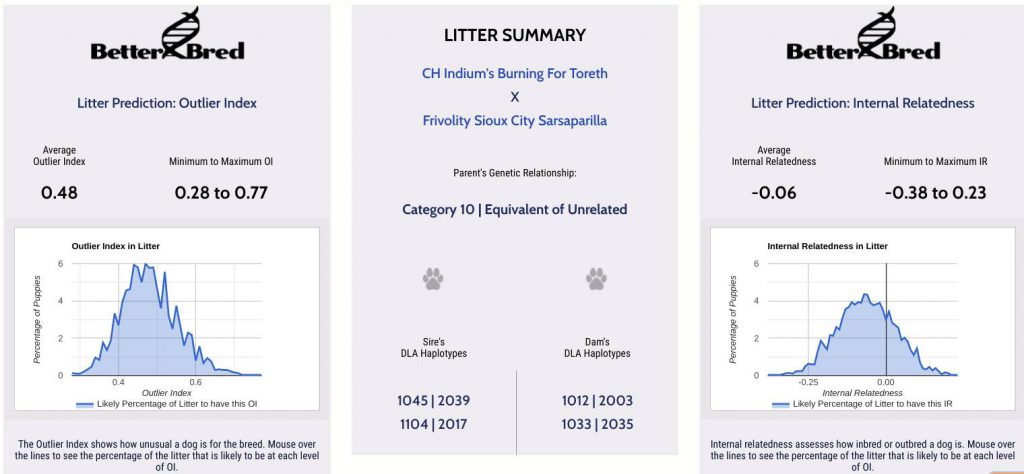
Cardigan Welsh Corgi breeding!
Hi BetterBred friends! We finally made the Cardigan Welsh Corgi test breeding video(s). This time we’ve divided up the videos in to 5 minutes each, that way you can process the information in each and come back later when you are ready for more! Remember that genetic diversity testing in this manner is new to you and to everyone else, so please do not be afraid to ask questions and know that it may take everyone a little while to learn what these new terms mean for you, your dogs, and your breed. Many people struggle at first!
First, let’s look at the breeding here! (feel free to skip to the videos below if you do not feel like reading)

Is this a good breeding? Quick summary!
There are three main components to our website’s test breeding summary: OI (outlier index), IR (internal relatedness) and the DLA haplotypes.
TLDR: this test breeding looks great on all accounts – the OI is above breed average, while the average IR is well below 0 (so outbred puppies) – these two components together will go towards preserving breedwide genetic variation or biodiversity. The DLA is also wonderful – all puppies produced will have two different haplotypes.
Outlier index: the higher the number, the better. When you select for higher OIs, you are helping preserve the healthy genetic variation or biodiversity of your breed, by preventing a genetic bottleneck. You will see a range here, so realize puppies can fall anywhere along that curve, though.
Internal relatedness: The lower this number, the more outbred in general the puppies will be. You will see a range here, so realize puppies can fall anywhere along that curve…. I have had puppies fall to the very high extreme predicted.
DLA haplotypes: your breed has a lower than average amount of DLA haplotypes yet discovered, so in an ideal world you would look at those less typical and select for them (with ALL other things being equal, including the OI and IR). In this case, the male carries one of the most common DLA haplotypes (you can see these statistics both on your breed page and on the individual dog’s profiles). 1045/2039 is the most common pairing in the breed, the other 3 are also very common in the breed.
Watch the below videos to learn more!
Part 1 considerations of a test breeding
Part 2 – considerations of a test breeding continued
Part 3 – what’s on the profile?
Part 4 – Finding a breeding mate and another quick breeding summary.
Thanks for reading and watching! Please let us know if you have any questions!
We are currently running a special with 40% off our annual membership – this is a huge price reduction. Additionally, if you’re in the research phase – please let us know if you take advantage of this special and we will make it so that is your price in the future, as well.
Apply coupon code 2022BB at checkout.
 Previous Post
Previous Post Next Post
Next Post


